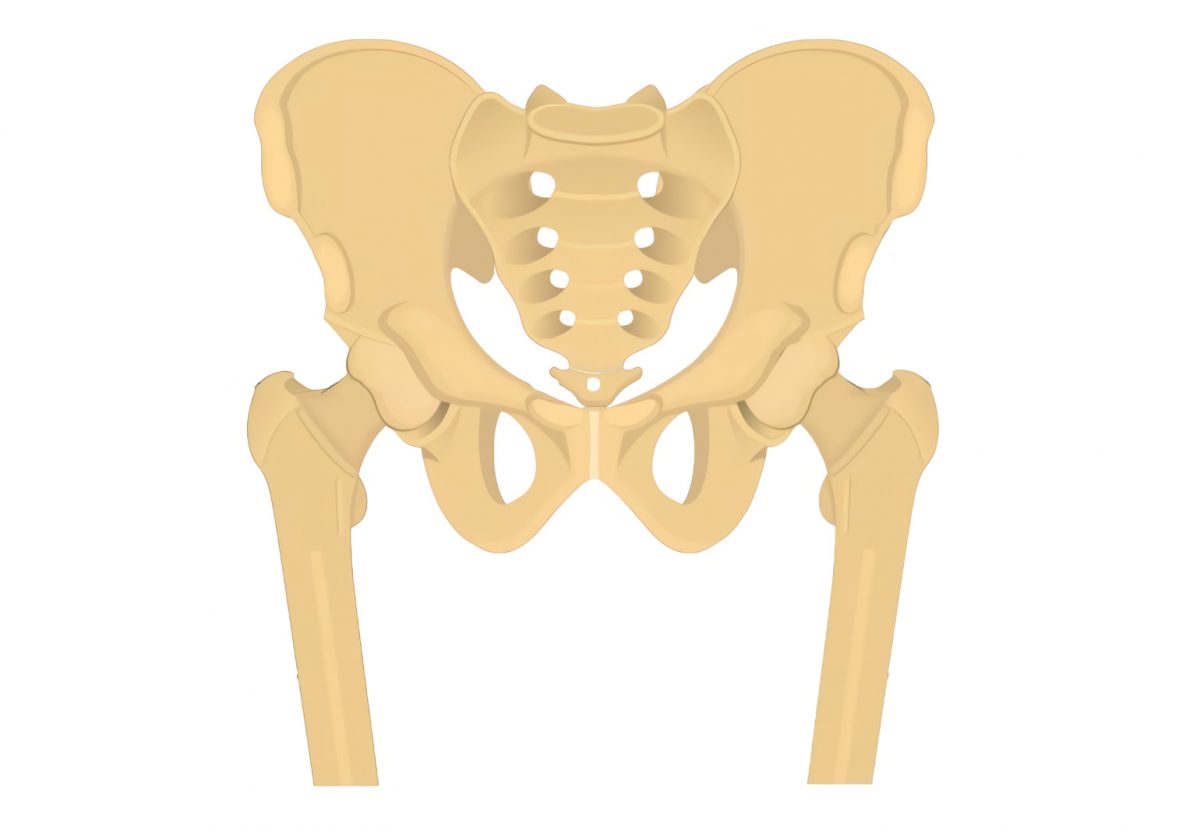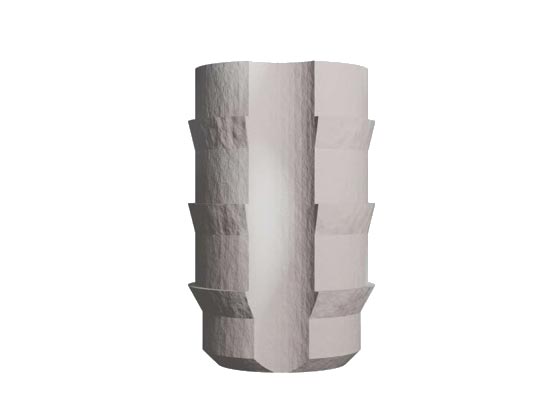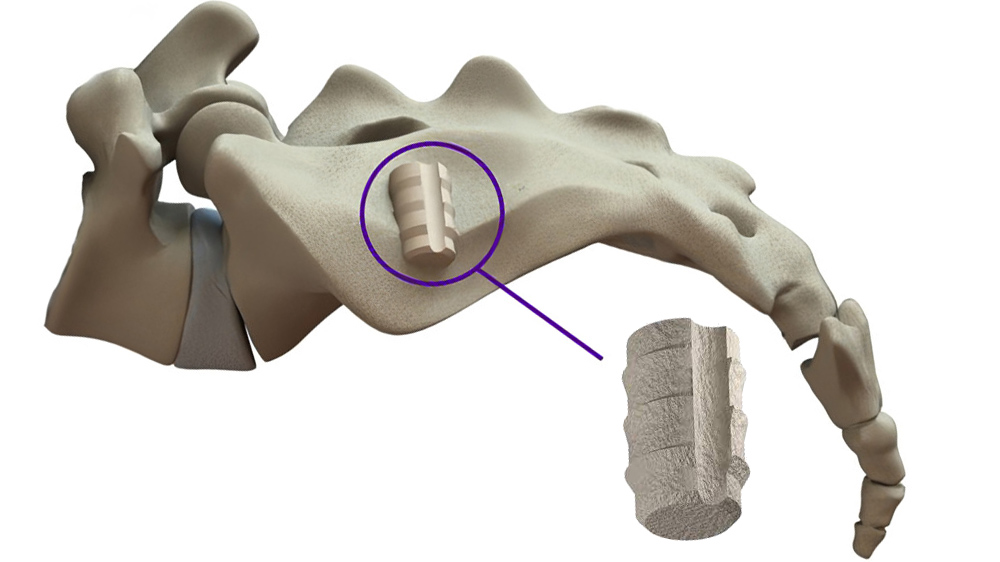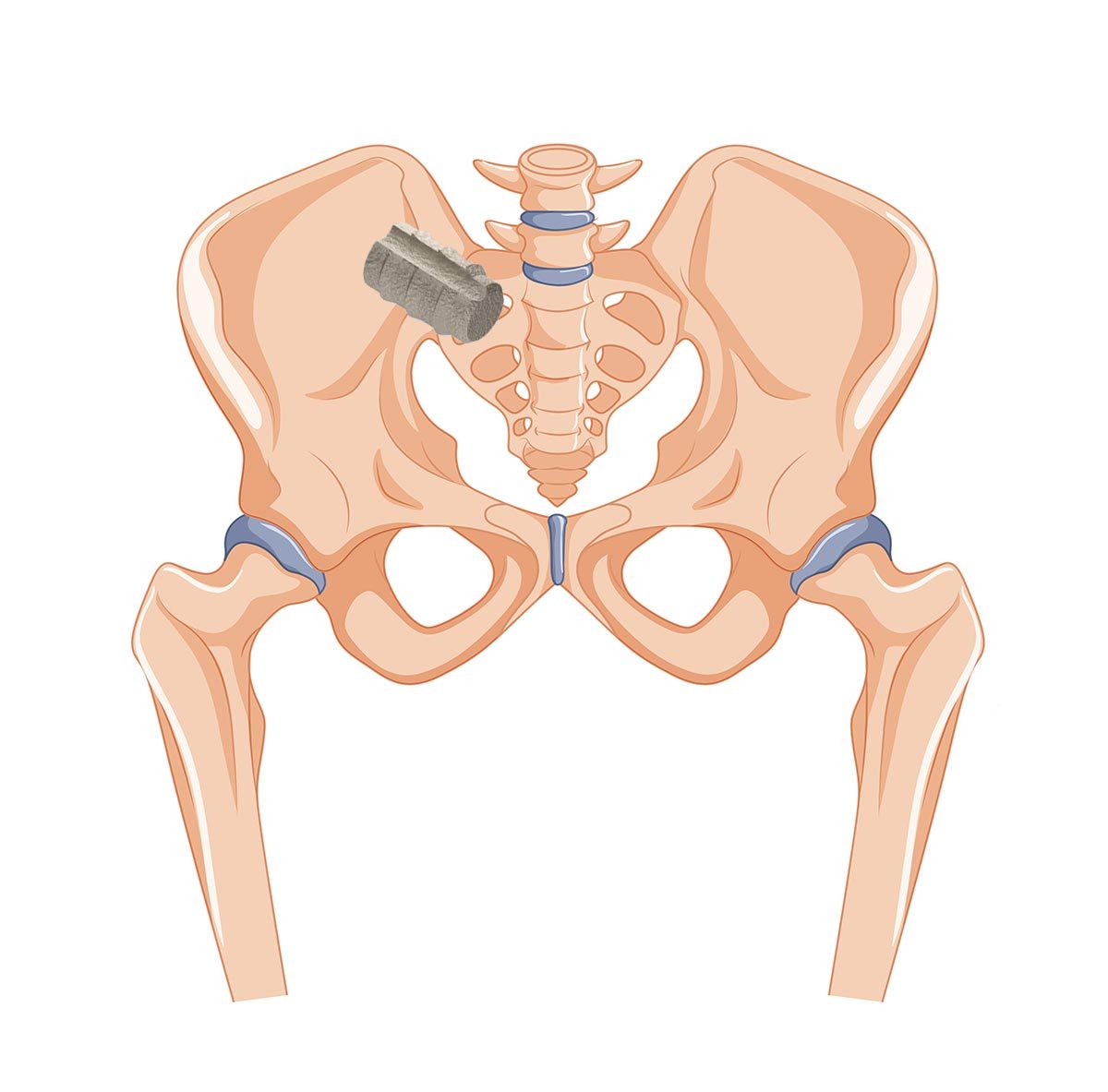![]()
Call (703) 520-1031 or use the form below to send us your contacts.
The sacroiliac joint is located where the lower spine and pelvis are joined. There is one on each side of the hip made up of the sacrum and ilium. These are important joints that support the body’s weight while standing. When the sacroiliac (SI) joint causes low back pain, it is difficult to stand, sit and climb stairs because the pain worsens. A new procedure available today called the SiLO procedure is bringing relief to people suffering from SI joint pain.
What is a SiLO Procedure?
The sacrum is the top part of the tailbone, and the ilium is the top part of the pelvis bone. A sacroiliac joint is where the bones meet on each side of the tailbone at the bottom of the spine. Like any joint, the SI joint is subject to arthritis, injury, infection, skeletal alignment issues and inflammation. The joint may get loose or stiff, leading to joint changes that cause pain. Sometimes, there is no apparent reason for the joint pain.

Aurora specializes in new medical technologies for implants, biologics and surgical tools, including for sacroiliitis or sacroiliac joint dysfunction. The SiLO system implants human cortical bone (allograft) to stabilize the sacroiliac joint. A new Aurora development is the SiLO TFX™ MIS Sacroiliac Joint Fixation System which is also FDA-approved. The SiLO joint fixation tools and procedure were designed to specifically stabilize and fuse the SI joint in a minimally invasive manner.

Stabilization through immobilization and fusion of the iliac and sacral elements will likely lead to SI joint pain relief. There is a high rate of success for this procedure.
What Happens During The SiLO SI Fusion Procedure?
The surgeon performing the SiLO treatment for the SI joint inserts a specially designed implant through a tube into the joint with biologics. The SiLO procedure can be performed under conscious sedation or general anesthesia. The basic procedure steps are as follows.
- A small incision is made in the back (posterior), and a joint finder with a cap and guide pin is inserted, giving the surgeon great accuracy.
- A mallet is used to tap the joint finder so it goes deeper into the joint to where the allograft will be placed.
- The cap on the joint finder is removed, and a ghost tube is inserted over the guide.
- A decorticator is advanced into the joint through the ghost tube. A decorticator removes unwanted tissue, smoothing the area for allograft placement.
- The decorticator and guide pin are removed.

Using a funnel and plunger, biologics are inserted into the ghost tube, followed by a SiLO implant that is the size of a penny in length. Fluoroscopic guidance is used to ensure the correct allograft placement. The allograft is tamped down into the joint, and additional bone graft material and biologics are added, if necessary. The bone graft is shaped so there is 360-degree bone incorporation for added stability.
- The ghost tube is removed, leaving a transfixed (motionless) Si joint.
The posterior treatment for SI joint pain is the least invasive procedure compared to other options, like the lateral SI joint infusion. It disrupts less soft tissue, minimizing the risk of nerve complications. This procedure also promotes more rapid recovery.
Candidates for SiLO Procedure
Though the SiLO for joint pain is minimally invasive, it usually is not the first considered treatment plan for sacroiliac joint pain relief. The first treatments tried include activity modification, medications and physical therapy. Sacroiliac joint injections of medicine may also be tried.
However, surgical SI joint fixation is the best treatment in certain situations.
- Functional impairment exists (the joint is not working correctly)
- Moderate or severe pain persists
- Patient fails to respond to more conservative treatments
After the Procedure
It may take up to six months or longer for complete healing of the joint fusion. However, after the procedure, the pain will likely be significantly reduced within two weeks, and many people can return to work within six weeks.
It is very important to carefully follow the doctor’s post-op instructions to promote wound and joint healing. This includes following movement recommendations to minimize placing unnecessary load on the joint. Patients can walk and perform daily activities but should limit twisting or bending at the waist and avoid sitting for longer than 45-60 minutes without a break. Physical therapy may be recommended after approximately 12 weeks.
